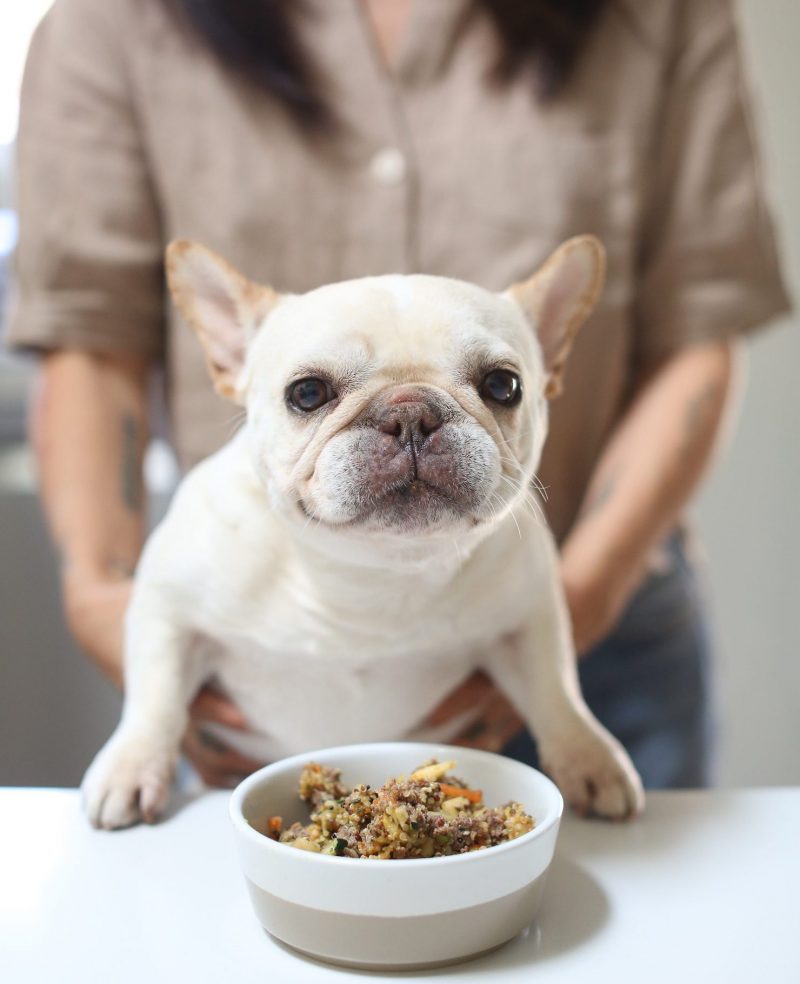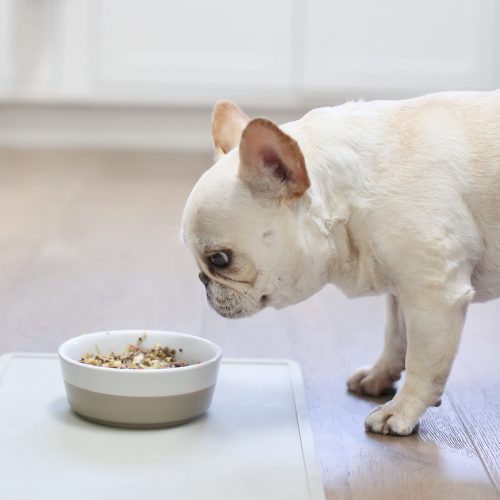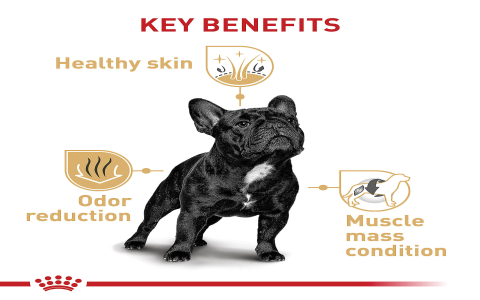Alright, so a bunch of you have been asking how I make food for Gus, my Frenchie. It wasn’t something I just woke up and decided to do, you know. It was a bit of a journey, to be honest.
Gus, bless his little wrinkly face, was having a rough time. I mean, a really rough time. He was always scratching, like fleas were throwing a party on him, but there were no fleas. His tummy was upset more often than not, and don’t even get me started on the… well, you know, the output. We went through so many bags of expensive, “special diet” kibble. The kind that costs an arm and a leg. And the vet visits? Phew. We were there so often, I think they were about to offer us a loyalty card. It felt like we were just setting money on fire, and my poor little guy wasn’t getting any better. It was stressful, man.

So, I started digging. I spent what felt like ages on the internet. You know how that goes. One site says this, another says the complete opposite. Raw food, cooked food, grain-free, grains are good… my head was spinning. Some of the recipes looked like they needed a chemistry degree to understand. I just wanted something straightforward, something where I actually knew what was going into his bowl.
After a while, I just decided, enough is enough. I needed to take control. I started thinking about basic, whole foods. Stuff that I’d eat, just, you know, dog-friendly versions. I remembered my grandma used to cook for her dogs sometimes, nothing fancy, just good, simple stuff.
What I Usually Throw In The Pot
So, here’s what I typically use for a batch. It’s not an exact science, I kind of eyeball it now, but this is the general idea:
- Ground turkey or chicken: I try to get the lean stuff. Sometimes beef, but turkey seems to sit best with Gus.
- Sweet potatoes: These are great. Full of vitamins and good for their digestion.
- Carrots: Another good veggie. Gus actually loves them.
- Green beans: Fresh or frozen, doesn’t matter. Sometimes I’ll use peas, but not too many as I heard they can be a bit much for some dogs.
- Brown rice or quinoa: Just a bit, for some extra carbs and fiber. Not every batch, though. Sometimes I skip it.
- A tiny bit of fish oil or coconut oil: For his coat, you know. Just a smidge.
How I Actually Make It
Okay, so here’s my super complicated, highly technical process. Just kidding, it’s really easy.
First, I get all my ingredients together. I wash and chop the sweet potatoes and carrots into smallish cubes. Nothing too precise, just bite-sized for a Frenchie. If I’m using fresh green beans, I’ll snap them into smaller pieces.
Then, I grab a big pot. I put the ground meat in and cook it over medium heat until it’s all browned. I make sure to break it up into small pieces as it cooks. Super important: I drain off any excess fat. Frenchies don’t need all that extra grease.
Once the meat is cooked and drained, I toss in the sweet potatoes and carrots. I add just enough water to mostly cover everything. Not drowning it, just enough to let it all simmer and get soft. I bring that to a boil, then reduce the heat, cover the pot, and let it simmer away for about 15-20 minutes. You want the sweet potatoes and carrots to be getting tender.

After that, I throw in the green beans and the cooked rice or quinoa if I’m using it. I give it all a good stir. I let it simmer for another 10 minutes or so, until the green beans are cooked and everything is nicely combined and the liquid has reduced a bit. You don’t want it soupy, more like a thick stew.
Right at the end, if I’m adding fish oil or coconut oil, I stir that in after I’ve taken it off the heat. Then, I let the whole batch cool down completely. Completely! You don’t want to serve hot food to your pup. Once it’s cool, I portion it out into containers. One batch usually lasts Gus about 3-4 days, and I keep it in the fridge.
And you know what? The difference in Gus has been like night and day. Seriously. His coat is so much better, way less scratching. His energy levels are up – he actually wants to play fetch for more than two minutes! And his tummy troubles? Pretty much gone. Plus, no more staring at a bowl of kibble like it’s the enemy. He actually gets excited for meal times now, and gobbles it all down.
Look, I’m not a vet, and this is just what works for us. If your dog has serious health issues, you should definitely talk to your vet before changing their diet. But for Gus, switching to homemade food has been amazing. It’s a little extra effort, for sure, but seeing him so much healthier and happier makes it all worthwhile. I honestly can’t imagine going back to just scooping stuff out of a bag. This feels right.






